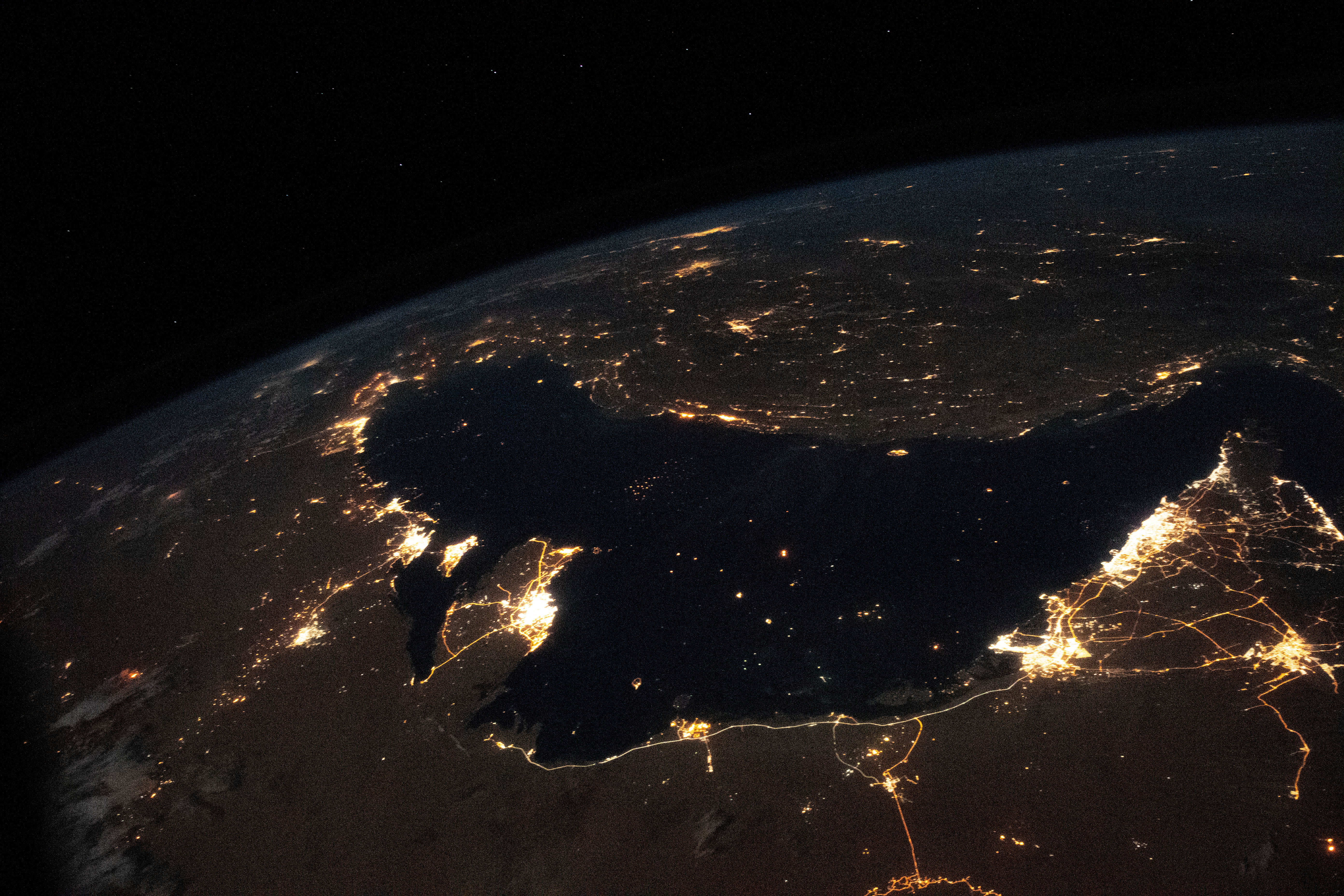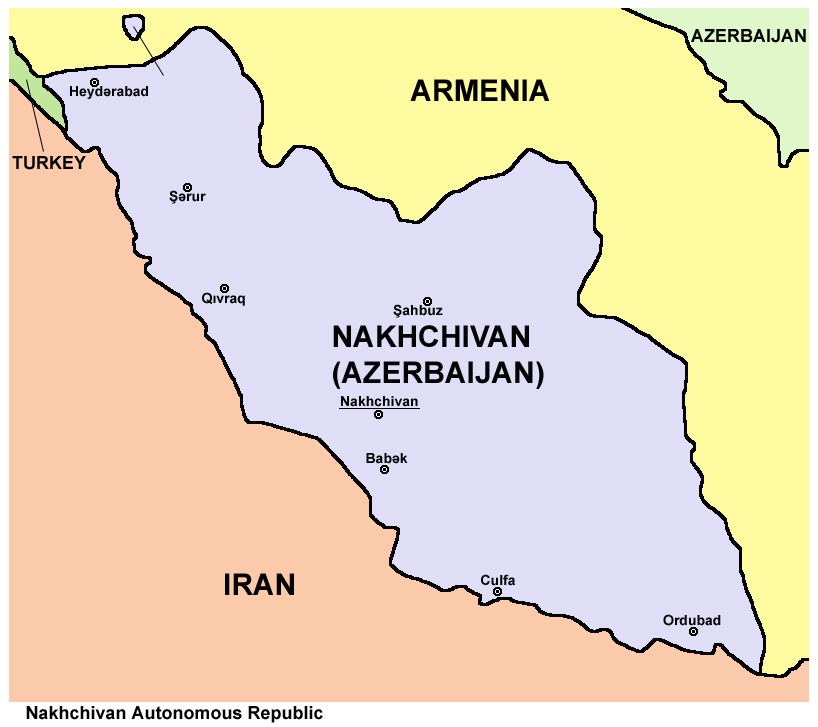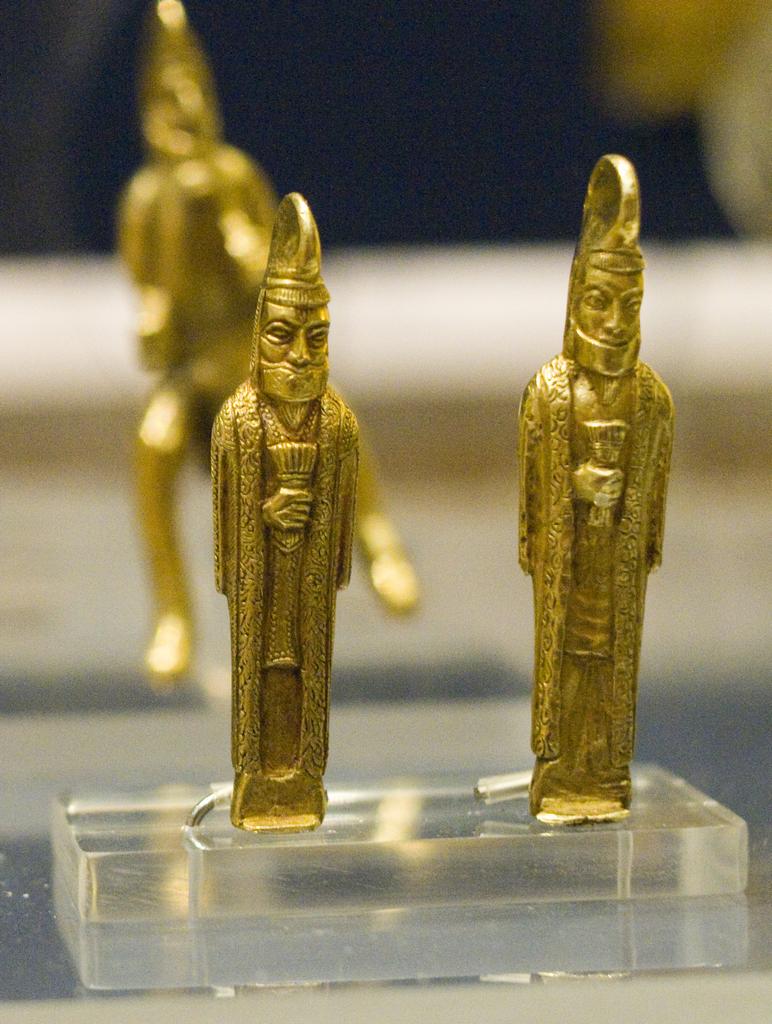|
Strait Of Hormuz
The Strait of Hormuz ( ''Tangeh-ye Hormoz'' , ''Maḍīq Hurmuz'') is a strait between the Persian Gulf and the Gulf of Oman. It provides the only sea passage from the Persian Gulf to the open ocean and is one of the world's most strategically important choke points. On the north coast lies Iran, and on the south coast lies the Musandam peninsula, shared by the United Arab Emirates and the Musandam Governorate, an exclave of Oman. The strait is about long, with a width varying from about to . A third of the world's liquefied natural gas and almost 25% of total global List of countries by oil exports, oil consumption passes through the strait, making it a highly important strategic location for international trade. It has been so for centuries; its vast hinterlands were rich in luxury trade goods with no easy access to lucrative trading ports. Babur's memoirs recount how almonds had to be carried from the distant Fergana Valley, Ferghana region to Hormuz to reach markets. ... [...More Info...] [...Related Items...] OR: [Wikipedia] [Google] [Baidu] |
Persian Gulf
The Persian Gulf, sometimes called the Arabian Gulf, is a Mediterranean seas, mediterranean sea in West Asia. The body of water is an extension of the Arabian Sea and the larger Indian Ocean located between Iran and the Arabian Peninsula.United Nations Group of Experts on Geographical NameWorking Paper No. 61, 23rd Session, Vienna, 28 March – 4 April 2006. accessed 9 October 2010 It is connected to the Gulf of Oman in the east by the Strait of Hormuz. The river delta of the Shatt al-Arab forms the northwest shoreline. The Persian Gulf has many fishing grounds, extensive reefs (mostly rocky, but also Coral reef, coral), and abundant pearl oysters, however its ecology has been damaged by industrialization and oil spills. The Persian Gulf is in the Persian Gulf Basin, which is of Cenozoic origin and related to the subduction of the Arabian plate under the Zagros Mountains. The current flooding of the basin started 15,000 years ago due to sea level rise, rising sea levels of ... [...More Info...] [...Related Items...] OR: [Wikipedia] [Google] [Baidu] |
Exclave
An enclave is a territory that is entirely surrounded by the territory of only one other state or entity. An enclave can be an independent territory or part of a larger one. Enclaves may also exist within territorial waters. ''Enclave'' is sometimes used improperly to denote a territory that is only partly surrounded by another state. Enclaves that are not part of a larger territory are not exclaves, for example Lesotho (enclaved by South Africa), and San Marino and Vatican City (both enclaved by Italy) are enclaved sovereign states. An exclave is a portion of a state or district geographically separated from the main part, by some surrounding alien territory. Many exclaves are also enclaves, but an exclave surrounded by the territory of more than one state is not an enclave. The Azerbaijani exclave of Nakhchivan is an example of an exclave that is not an enclave, as it borders Armenia, Iran, and Turkey. Semi-enclaves and semi-exclaves are areas that, except for possessing ... [...More Info...] [...Related Items...] OR: [Wikipedia] [Google] [Baidu] |
Ahura Mazda
Ahura Mazda (; ; or , ),The former is the New Persian rendering of the Avestan form, while the latter derives from Middle Persian. also known as Horomazes (),, is the only creator deity and Sky deity, god of the sky in the ancient Iranian religion Zoroastrianism. He is the first and most frequently invoked spirit in the ''Yasna''. The literal meaning of the word ''Wikt:Ahura, Ahura'' is "lord", and that of ''Wikt:Mazda, Mazda'' is "wisdom". The first notable invocation of Ahura Mazda occurred during the Achaemenid Empire, Achaemenid period () with the Behistun Inscription of Darius the Great. Until the reign of Artaxerxes II (), Ahura Mazda was worshipped and invoked alone in all extant royal inscriptions. With Artaxerxes II, Ahura Mazda was gathered in a triad with Mithra and Anahita. In the Achaemenid period, there are no known representations of Ahura Mazda at the royal court other than the custom for every emperor to have an empty chariot drawn by white horses to invit ... [...More Info...] [...Related Items...] OR: [Wikipedia] [Google] [Baidu] |
Zoroastrian
Zoroastrianism ( ), also called Mazdayasnā () or Beh-dīn (), is an Iranian religion centred on the Avesta and the teachings of Zarathushtra Spitama, who is more commonly referred to by the Greek translation, Zoroaster ( ). Among the world's oldest organized faiths, its adherents exalt an uncreated, benevolent, and all-wise deity known as Ahura Mazda (), who is hailed as the supreme being of the universe. Opposed to Ahura Mazda is Angra Mainyu (), who is personified as a destructive spirit and the adversary of all things that are good. As such, the Zoroastrian religion combines a dualistic cosmology of good and evil with an eschatological outlook predicting the ultimate triumph of Ahura Mazda over evil. Opinions vary among scholars as to whether Zoroastrianism is monotheistic, polytheistic, henotheistic, or a combination of all three. Zoroastrianism shaped Iranian culture and history, while scholars differ on whether it significantly influenced ancient Western ... [...More Info...] [...Related Items...] OR: [Wikipedia] [Google] [Baidu] |
Magi
Magi (), or magus (), is the term for priests in Zoroastrianism and earlier Iranian religions. The earliest known use of the word ''magi'' is in the trilingual inscription written by Darius the Great, known as the Behistun Inscription. Old Persian texts, predating the Hellenistic period, refer to a magus as a Zurvanism, Zurvanic, and presumably Zoroastrian, priest. Pervasive throughout the Eastern Mediterranean and West Asia until late antiquity and beyond, ''mágos'' (μάγος) was influenced by (and eventually displaced) Greek ''The Lesser Key of Solomon#Ars Goetia, goēs'' (γόης), the older word for a practitioner of magic (paranormal), magic, with a meaning expanded to include astronomy, astrology, alchemy, and other forms of esoteric knowledge. This association was in turn the product of the Hellenistic fascination for Pseudo-Zoroaster, who was perceived by the Greeks to be the Chaldean founder of the Magi and inventor of both astrology and magic, a meaning that stil ... [...More Info...] [...Related Items...] OR: [Wikipedia] [Google] [Baidu] |
Persian Language
Persian ( ), also known by its endonym and exonym, endonym Farsi (, Fārsī ), is a Western Iranian languages, Western Iranian language belonging to the Iranian languages, Iranian branch of the Indo-Iranian languages, Indo-Iranian subdivision of the Indo-European languages. Persian is a pluricentric language predominantly spoken and used officially within Iran, Afghanistan, and Tajikistan in three mutual intelligibility, mutually intelligible standard language, standard varieties, respectively Iranian Persian (officially known as ''Persian''), Dari, Dari Persian (officially known as ''Dari'' since 1964), and Tajik language, Tajiki Persian (officially known as ''Tajik'' since 1999).Siddikzoda, S. "Tajik Language: Farsi or not Farsi?" in ''Media Insight Central Asia #27'', August 2002. It is also spoken natively in the Tajik variety by a significant population within Uzbekistan, as well as within other regions with a Persianate society, Persianate history in the cultural sphere o ... [...More Info...] [...Related Items...] OR: [Wikipedia] [Google] [Baidu] |
Ormus
The Kingdom of Ormus (also known as Hormoz or Hormuz; ; ) was located in the eastern side of the Persian Gulf and extended as far as Bahrain in the west at its zenith. The Kingdom was established in the 11th century initially as a dependency of the Kerman Seljuk Sultanate, and later as an autonomous tributary of the Salghurid Turkmens and the Ilkhanates. In its last phase Ormus became a client state of the Portuguese Empire in the East. Most of its territory was eventually annexed by the Safavid Empire in the 17th century. It bordered Laristan, with whom it was regularly at odds. The island was a major economic base of economic exchanges and marine trade as an important port between the Persian Gulf and the Indian Ocean. This port was originally located on the southern coast of Iran to the east of the Strait of Hormuz, near the modern city of Minab, and was later relocated to the island of Jarun which came to be known as Hormuz Island, which is located near the modern cit ... [...More Info...] [...Related Items...] OR: [Wikipedia] [Google] [Baidu] |
Periplus Of The Erythraean Sea
The ''Periplus of the Erythraean Sea'' (), also known by its Latin name as the , is a Greco-Roman world, Greco-Roman periplus written in Koine Greek that describes navigation and Roman commerce, trading opportunities from Roman Egyptian ports like Berenice Troglodytica along the coast of the Red Sea and others along the Horn of Africa, the Persian Gulf, Arabian Sea and the Indian Ocean, including the modern-day Sindh region of Pakistan and southwestern regions of India. The text has been ascribed to different dates between the first and third centuries, but a mid-first-century date is now the most commonly accepted. While the author is unknown, it is a first-hand description by someone familiar with the area and is nearly unique in providing accurate insights into what the ancient Hellenic world knew about the lands around the Indian Ocean. Name A periplus () is a logbook recording sailing itinerarium, itineraries and commercial, political, and ethnological details about the por ... [...More Info...] [...Related Items...] OR: [Wikipedia] [Google] [Baidu] |
Shapur II
Shapur II ( , 309–379), also known as Shapur the Great, was the tenth King of Kings (List of monarchs of the Sasanian Empire, Shahanshah) of Sasanian Iran. He took the title at birth and held it until his death at age 70, making him the List of longest-reigning monarchs, longest-reigning monarch in History of Iran, Iranian history. He was the son of Hormizd II (). His reign saw the military resurgence of the country and the expansion of its territory, which marked the start of the first Sasanian golden era. Thus, along with Shapur I, Kavad I and Khosrow I, he is regarded as one of the most illustrious Sasanian kings. His three direct successors, on the other hand, were less successful. At the age of 16, he launched enormously successful military campaigns against Arab insurrections and tribes. Shapur II pursued a harsh religious policy. Under his reign, the collection of the Avesta, the sacred texts of Zoroastrianism, was completed, heresy and apostasy were punished, and Chri ... [...More Info...] [...Related Items...] OR: [Wikipedia] [Google] [Baidu] |
Ifra Hormizd
Ifra Hormizd (Modern ) or Faraya Ohrmazd (Modern ) was a Sassanid noblewoman, spouse of Hormizd II and mother of Shapur II. She was the regent during the minority of her son between 309 and 325. Following the death of Hormizd, and the crisis of succession that followed, the noblemen of the country decided to hand over power to the last child of Hormizd, who had not yet been born of Ifra. Thus, the crown was placed on Ifra's belly, and she ruled over the country with nobles from 309 until the adulthood of her son, Shapur, who was declared mature to rule himself at age sixteen in 325. Etymology There isn't much information about Ifra Hormizd's name, and only Jewish sources mentioned her name. Theodor Nöldeke also finds the name "Ifra" unclear. Life Ifra Hormizd had a Jewish father and she converted to Christianity later. There have been many accounts throughout history of her friendly relations and cooperation with the Jews at the court in achieving their goals. She has been m ... [...More Info...] [...Related Items...] OR: [Wikipedia] [Google] [Baidu] |
Fergana Valley
The Fergana Valley (also commonly spelled the Ferghana Valley) in Central Asia crosses eastern Uzbekistan, southern Kyrgyzstan and northern Tajikistan. Encompassing three former Republics of the Soviet Union, Soviet republics, the valley is ethnically diverse and relations among the countries are tense. Ethnic enclaves, restricted right of movement, lack of agreement about border demarcation and disputes over access to family members and economic activity contribute to tensions. The Fergana valley owes its fertility to two rivers, the Naryn River, Naryn and the Kara Darya, which run from the east, joining near Namangan, forming the Syr Darya river. The valley's history stretches back over 2,300 years, when Alexander the Great founded Alexandria Eschate at its southwestern end. Chinese chroniclers date its towns to more than 2,100 years ago, as a path between Greek, Chinese, Bactrian and Parthian civilisations. It was home to Babur, founder of the Mughal dynasty, tying the reg ... [...More Info...] [...Related Items...] OR: [Wikipedia] [Google] [Baidu] |







